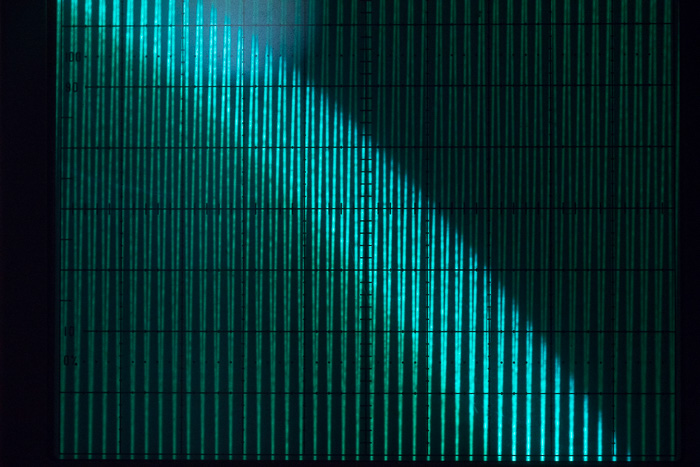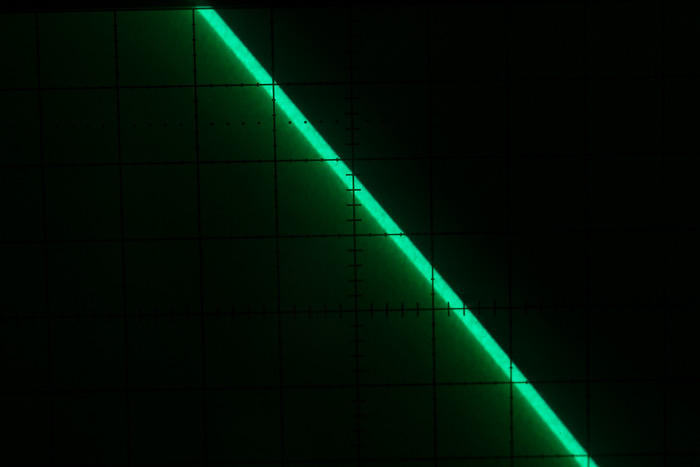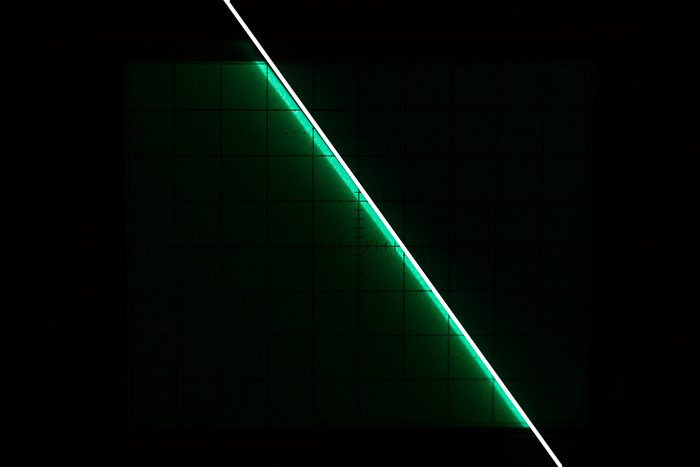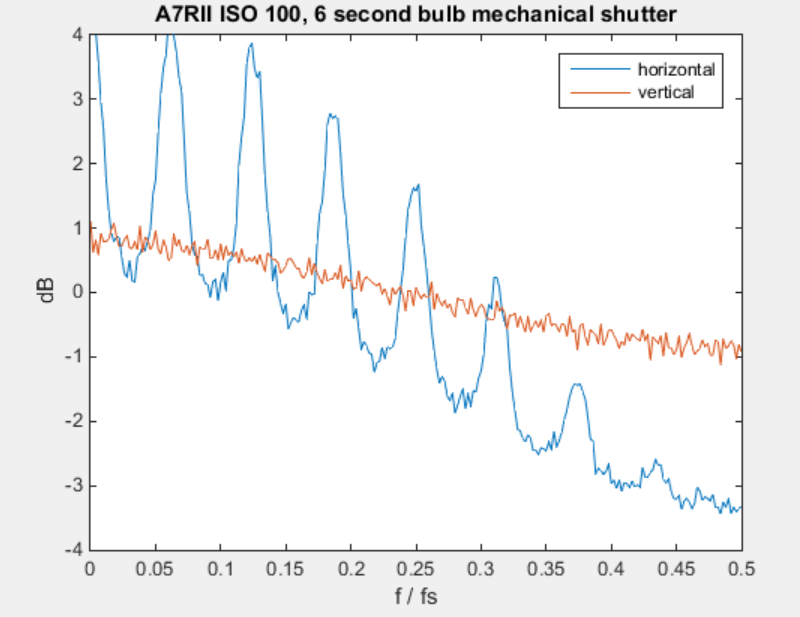In this test, the Leica 28mm f/2.8 Elmarit-M ASPH proved to be about the most troublesome lens on the Sony a7R from the point of view of color casts. It has also proven to be among the worst lenses on a7x cameras for corner smear. While I don’t expect the a7RII, with its Sony-regulation sensor… [Read More]
Archives for 2015
What’s the fastest shutter speed you should use with EFCS on the a7RII?
Yesterday I looked at shutter travel time for silent shutter operation on the Sony a7RII. Incidentally, we noted that the electronic first curtain shutter (EFCS) pretty faithfully emulated the acceleration of the mechanical second curtain, at least at 1/500 second. On the Nikon D810, EFCS stops working at shutter speeds above 1/2000. On the Sony… [Read More]
Sony a7RII silent shutter speed in APS-C mode
On the a7S, the silent shutter completes an exposure faster when you set the camera to APS-C mode. How about the a7RII in the same mode? If the following graph makes no sense to you, look here. 10 milliseconds/division. I count 5 divisions. That’s 50 milliseconds, or 1/20 second. About half again as fast. That’s… [Read More]
How fast is the Sony a7RII silent shutter?
The Sony alpha 7 Mark II (aka a7RII) has a silent shutter mode. When running silent, the mechanical shutter is on vacation: the sensor does all the work. The mechanical shutter is a rabbit, completing an exposure in 1/250 second (for shutter speeds faster than that, a slit moves across the sensor, but it takes… [Read More]
Sony a7RII lowpass filtering in various shutter modes
I received a request to look at what, if any, lowpass filtering the a7RII performs on dark-field images at ISO 100. Dark field images are mostly Gaussian noise at higher ISOs, although they can contain low-frequency energy do to pattern variations. A standard technique to remove the pattern variations is to subtract two dark frames… [Read More]
- « Previous Page
- 1
- …
- 20
- 21
- 22
- 23
- 24
- …
- 65
- Next Page »




